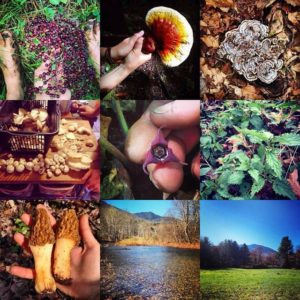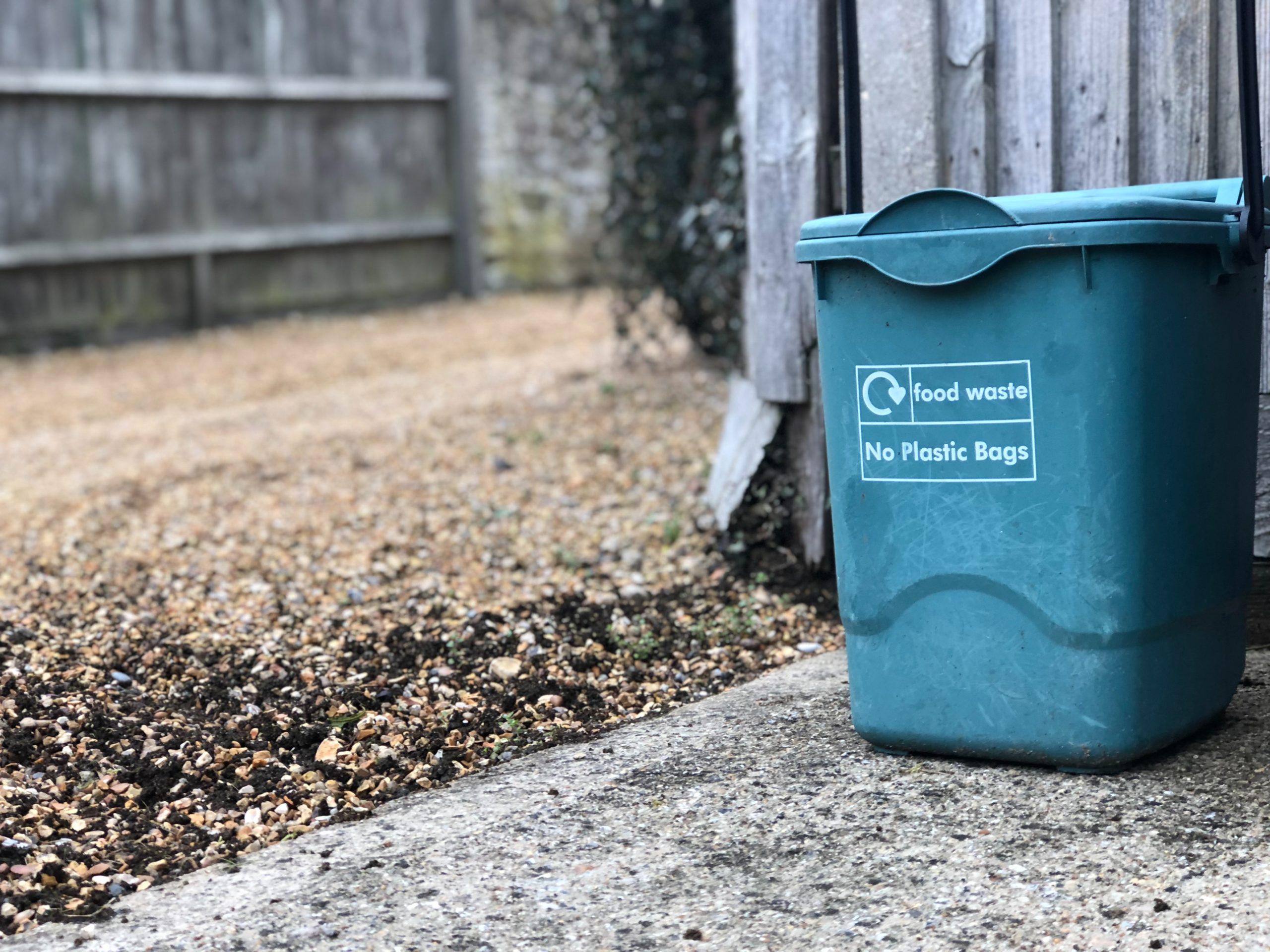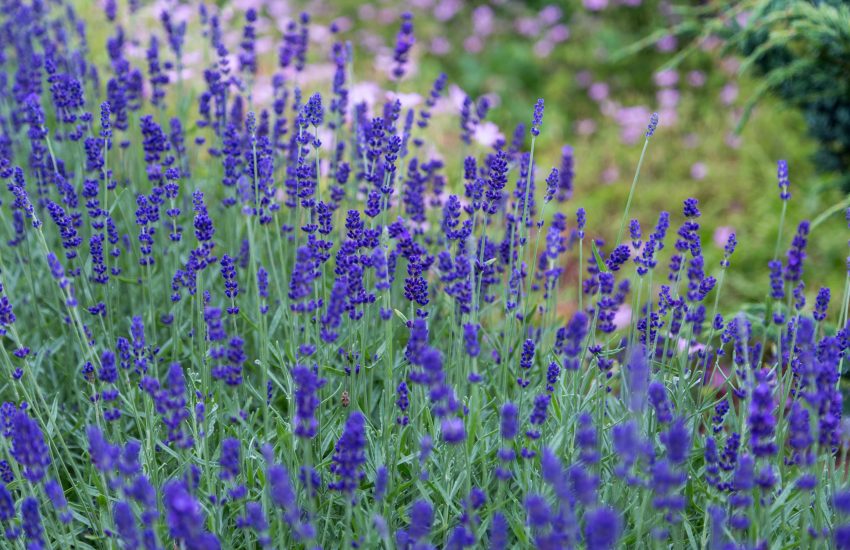Foraging for a Picnic
As the days get shorter and cooler throughout the United States there is a quickening within, a need to soak up as much daylight and outdoor frolicking as nature will allow, to eat the wild bounty before it gives way to winter. And though the flowers of spring have faded, the wild cornucopia of autumn is here!
First, the disclaimer. When it comes to foraging, knowing nothing can be dangerous and knowing a little can often be more dangerous. As they say, “There are old mushroom hunters, and there are bold mushroom hunters, but there are no old, bold mushroom hunters.” It is always better to be safe than sorry when it comes to foraging.
As you’ll hear me say over and over again, “Always have 100% positive identification before ingesting anything wild!”
The best way to learn foraging is from a real live forager showing you the plants in real time. There are also many Facebook groups for foraging, and plant or mushroom identification groups where you can post good pictures and people will tell you what you found. My book, The Herbal Handbook for Homesteaders has some good foraging tips on safety, ethics, tools, and specific plants. Also, Samuel Thayer’s books, Nature’s Garden and The Forager’s Harvest are great, along with the Peterson Guides for Edible or Medicinal Plants (make sure to get the one for your region). Also, have at least one field guide for your region with you for identification.
Always check to make sure the plant you’re foraging isn’t at risk. The more you get to know and see a plant, the easier this will get. By foraging sustainably, we ensure the health of the plants and an abundance for us to return to.
Foraging takes quite a bit of skill and knowledge, so go slow and be gentle with yourself. It’s also a time intensive activity. In addition to the time you need for learning and foraging, you’ll need time for processing and cooking. Many hands make light work, as they say, so it’s a great opportunity to reclaim foraging’s history as a community activity by getting the whole family and/or community involved.
While you’re foraging, it’s a great time to create a gratitude ritual for the plants giving themselves for your nourishment.
I also recommend starting with one simple dish and moving up from there.
Now, for the picnic….
First, the appetizers!
You can find wild seeds from plants like yellow or bitter dock (Rumex crispus, Rumex obtusifolius) and make your crackers wild by adding the seeds to any cracker recipe. Once you go deeper into herbalism, you can even make your own flour with things like chestnuts or cattail pollen. You can spice your crackers up with a wild seasoning plant, like my favorite, bee balm (Monarda didyma), often called “wild oregano”.
You can make a wild greens pesto to go on the crackers. Check out my recipe here. Since this recipe is from spring, you may have different herbs available now. If you live in a cooler climate, some of the spring herbs, like chickweed, may be starting to come back. You can still add dandelion leaf (the smaller the leaves and the cooler the weather, the less bitter they will be). Add violet leaves in small quantities, as they can have a laxative effect. Stinging or wood nettles are a good option. And garlic mustard can be substituted for the garlic.
Then the protein.
Unless you’re a hunter, too, your wild protein is going to come from one of two places: mushrooms or nuts. We’ll eat the mushrooms now and save the nuts for dessert. There are so many options of mushroom species and ways to eat them. Check out this article where I share information about wild edible and medicinal mushrooms. You can go simple and cook them up in butter with salt and garlic or go crazy and make a pot pie, like the Lion Pot Pie recipe in my new The Wild Forage Life Cookbook (just substitute whatever mushrooms you find for lion’s mane).
How about some wild tea?
Wild mints are tasty and aid digestion. Taste them first to make sure they work for your palate. Some are spicy, more like oregano. There are many mountain mint species (Pycnanthemum genus). For a pink lemonade look and taste, combine them with sumac in a cold brewed or sun tea. Put one large cluster of red sumac berries (avoid the poisonous white ones) and a decent handful of wild mint (or mint or lemon balm from the garden) in a gallon jar of water, then place the jar in the refrigerator or sun for a few hours. Add some honey while warm or some maple syrup, if cool. It’s delicious iced.
We saved the best for last…dessert!
If you’re lucky enough to have blueberries around you, cobbler is the best picnic dessert. If no blueberries abound, any other edible wild berries that grow where you live will do – late or frozen blackberries, or frozen serviceberries or mulberries (make a note for next year). You can add crushed nuts on top.
Another dessert option is sweet nut bread. In The Wild Foraged Life Cookbook, there’s a recipe for Banana Cacao Foraged Nut Bread. I love this with hickory nuts or black walnuts.
You could also be imaginative with those berries and wild spices and make your own ice cream!
I hope I’ve gotten your wild juices flowing. The point was to whet your appetite. Once you get started, the sky’s the limit! Though some of these options may seem overwhelming, I’d encourage you to start simple, after getting to know the plant, taste each flavor individually, then make one dish with one or two wild ingredients, like the crackers. It will add a wild spice to your food, diversify your palate, and your nutrition.
Did you know that wild foods are vitality packed with at least tens of times more nutrient dense than cultivated organic food?
So, get out there, use 100% positive identification (of course), practice sustainable foraging, give thanks, and don’t forget to share the food and the knowledge.
Bon appétit!
Abby Artemisia (Botanist, Herbalist, & Professional Forager) is founder of the WANDER (Wild Artemisia Nature Discovery, Empowerment, and Reconnection) School and co-founder of The Sassafras School of Appalachian Plantcraft. She lives in Appalachian North Carolina on the edge of Pisgah National Forest, and her mission is offering nature and herbal education to create healing through connection with the natural world and each other. Abby learned about plants playing in the Midwestern woods of Ohio, working on organic farms, completing an herbal apprenticeship followed by a bachelor’s degree in Botany from Miami University, and running her own tea business. She teaches throughout the United States on topics including plant identification, native plants, and working with plants for food and medicine. Abby is the author of The Forager’s Wild Edible and Herbal Plant Cards, The Wild Foraged Life Cookbook, and The Herbal Handbook for Homesteaders. She is the host of the podcast Wander, Forage, and Wildcraft. Find out about ongoing botanical education opportunities and more at thewanderschool.com and patreon.




